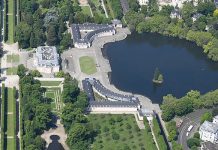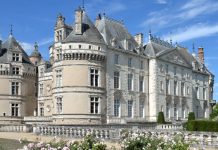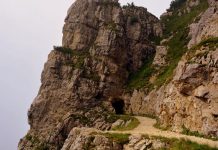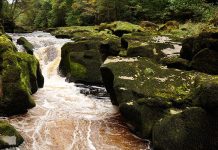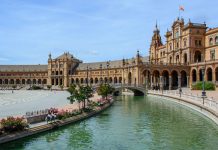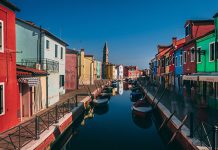Since ancient times, people all over the world have been engaged in trade. It is a profitable but very dangerous endeavor. Nowadays, goods are transported by trucks, trains, and ships. But in the past, there were trading caravans that crossed big and small cities, mountains, rivers, valleys, and deserts. To protect the trade routes, powerful fortresses were built everywhere. One such structure is Ait Ben Haddou in Morocco. It is not just a fortress but a fortified city in the desert, designed to guard the trade route from Marrakech to Timbuktu.
The ksar of Ait Ben Haddou was built on the left bank of the Ouarzazate River in the 11th century. There are no mighty stone structures here. All houses are made of reddish-brown clay and have flat roofs. The ancient city rises up the slope of the hill, forming terraces. A complex labyrinth is created by narrow streets that connect with each other through arches and narrow passages. The city is surrounded by defensive walls reinforced with corner towers.

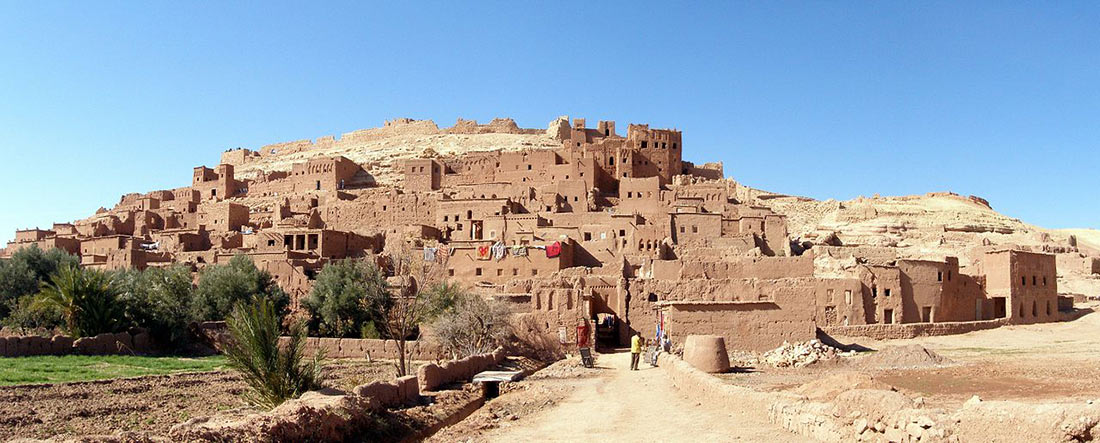
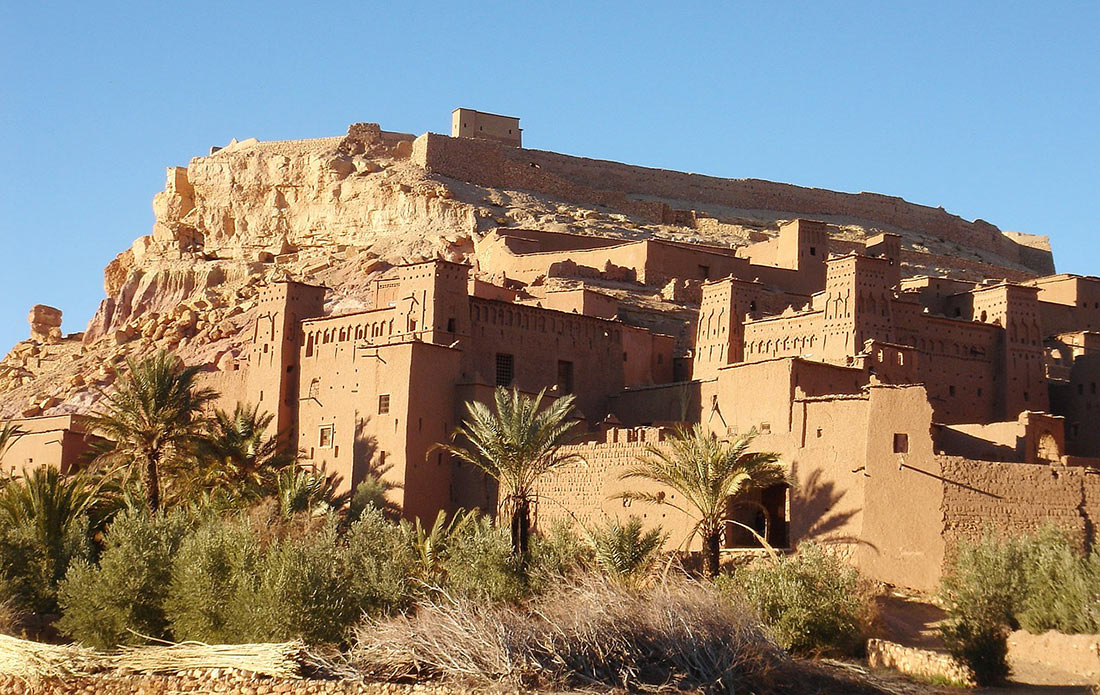
One can only imagine the anticipation of weary travelers, exhausted by the merciless desert sun, as they awaited the appearance of the city walls on the horizon, where they could rest, feed their animals, and replenish their water and food supplies.
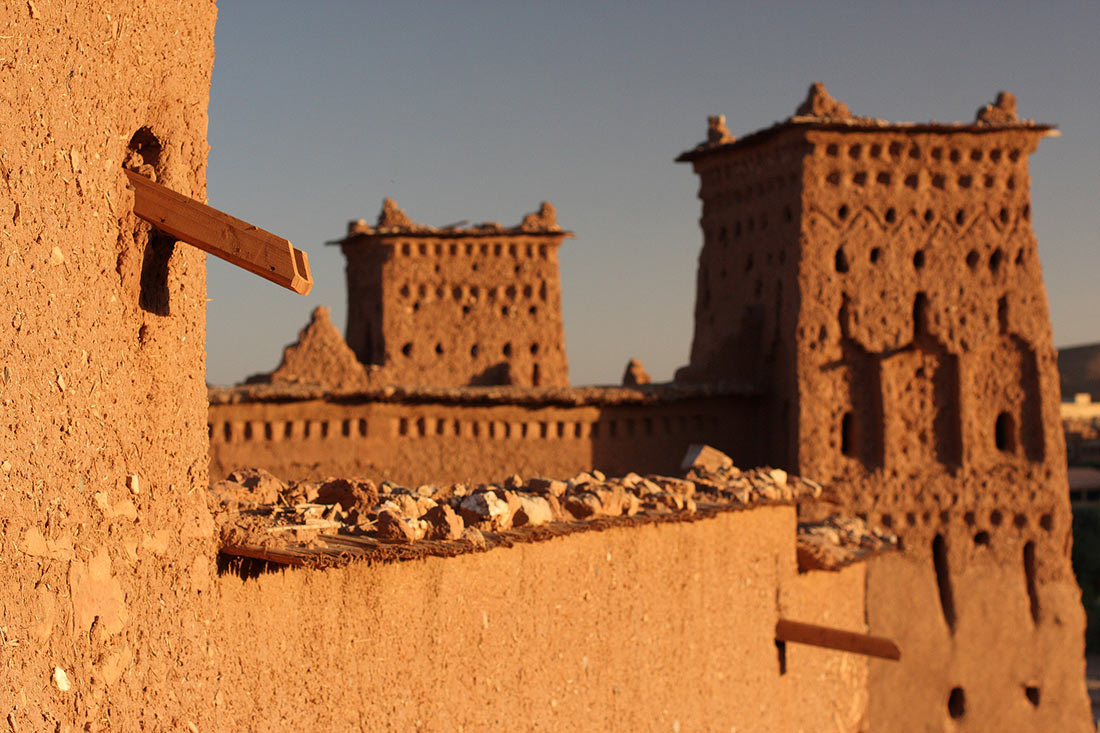
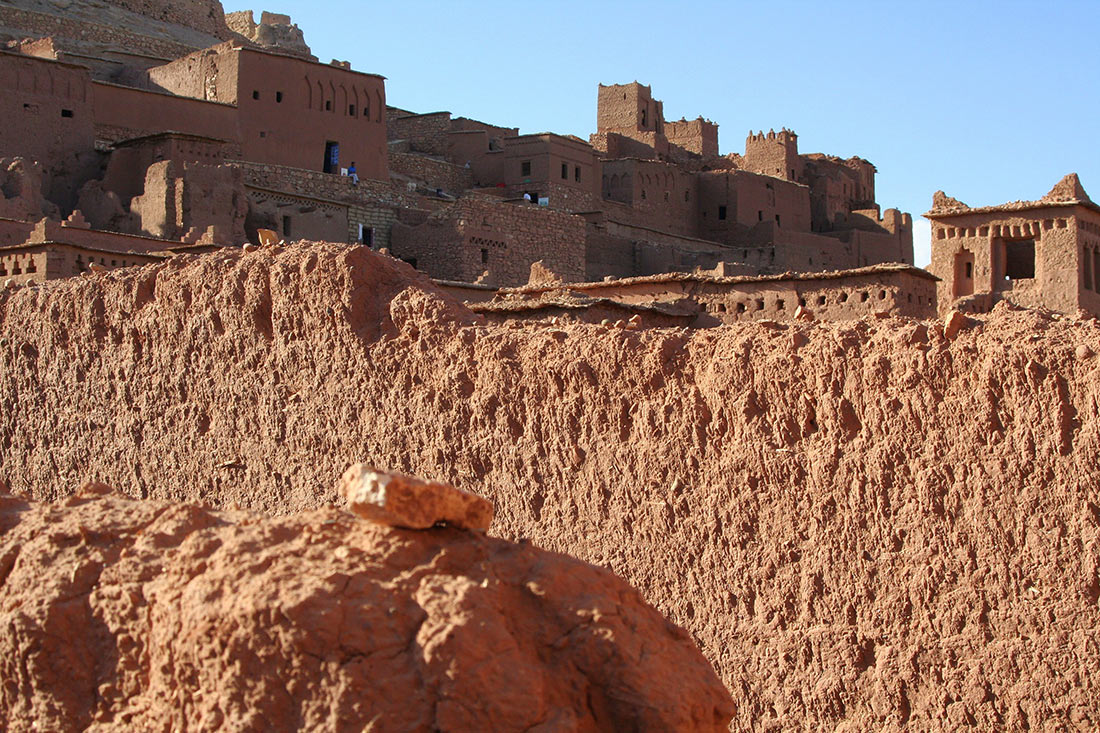

The trade route passed through the city for several centuries. But then trade declined, and it had a significant impact on the local population. Stockpiling supplies and training guides became pointless as there was no demand for them. Ait Ben Haddou gradually fell into decline. Almost all of the population relocated to a village on the right bank of the river.

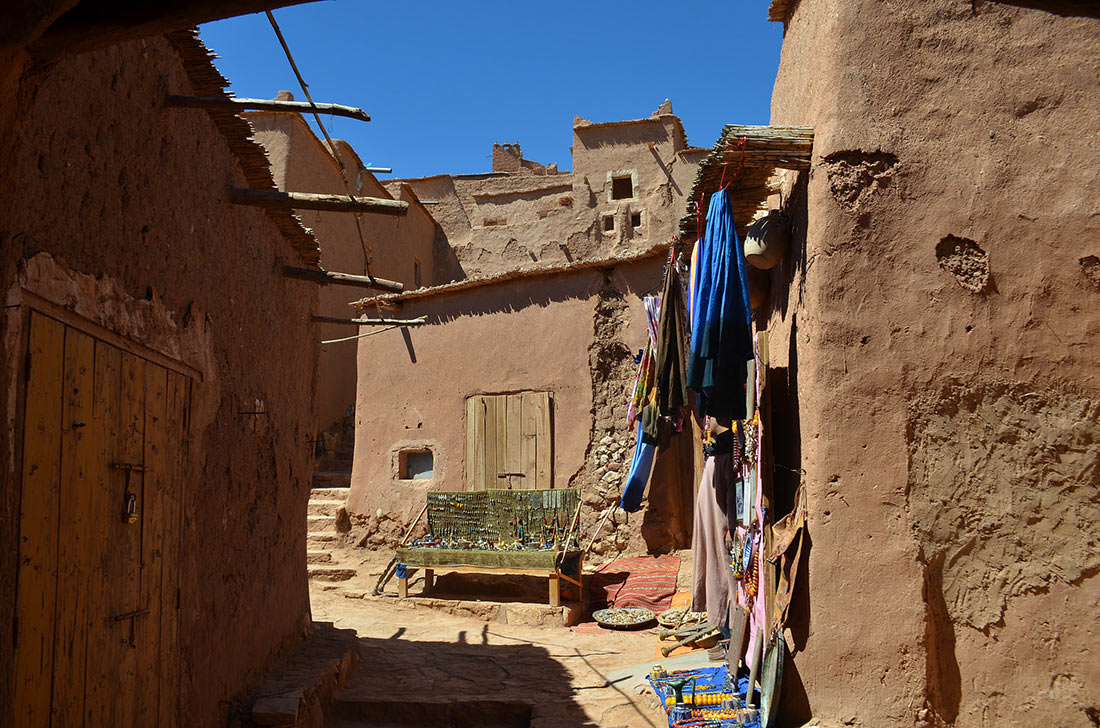

By 1990, only 10 families were living here, and the city had turned into ruins. But it was not allowed to completely crumble. In recent years, active restoration work has been carried out. Although it is not yet completed, Ait Ben Haddou is highly popular among tourists.
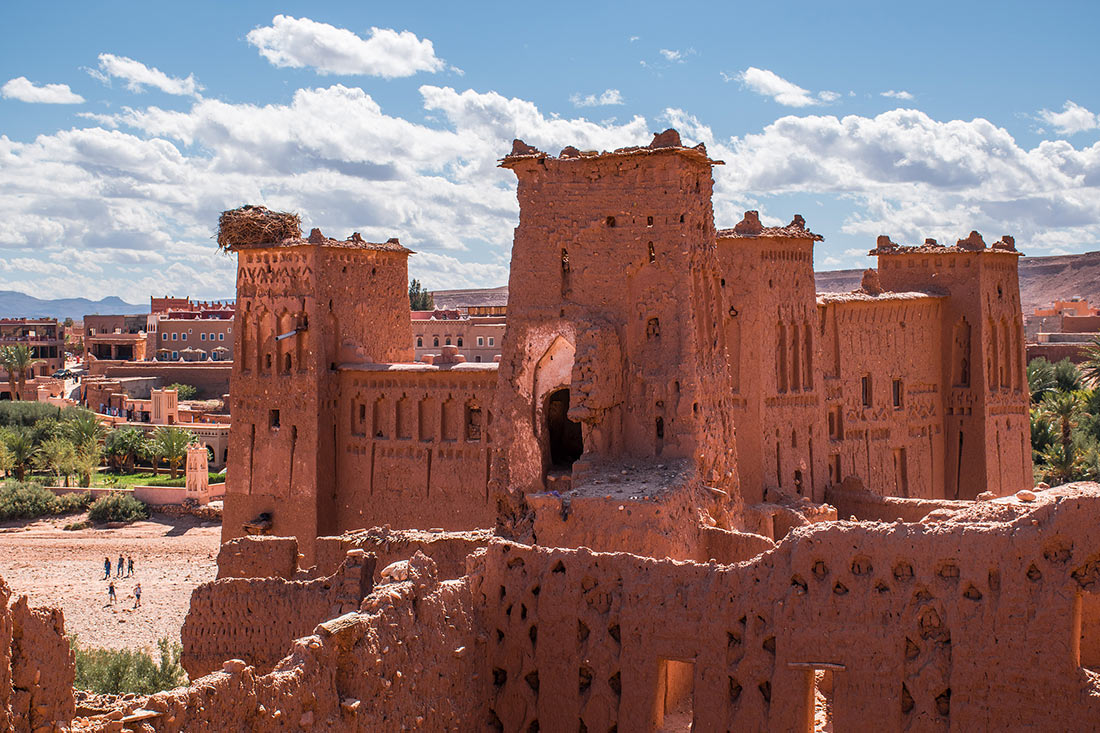
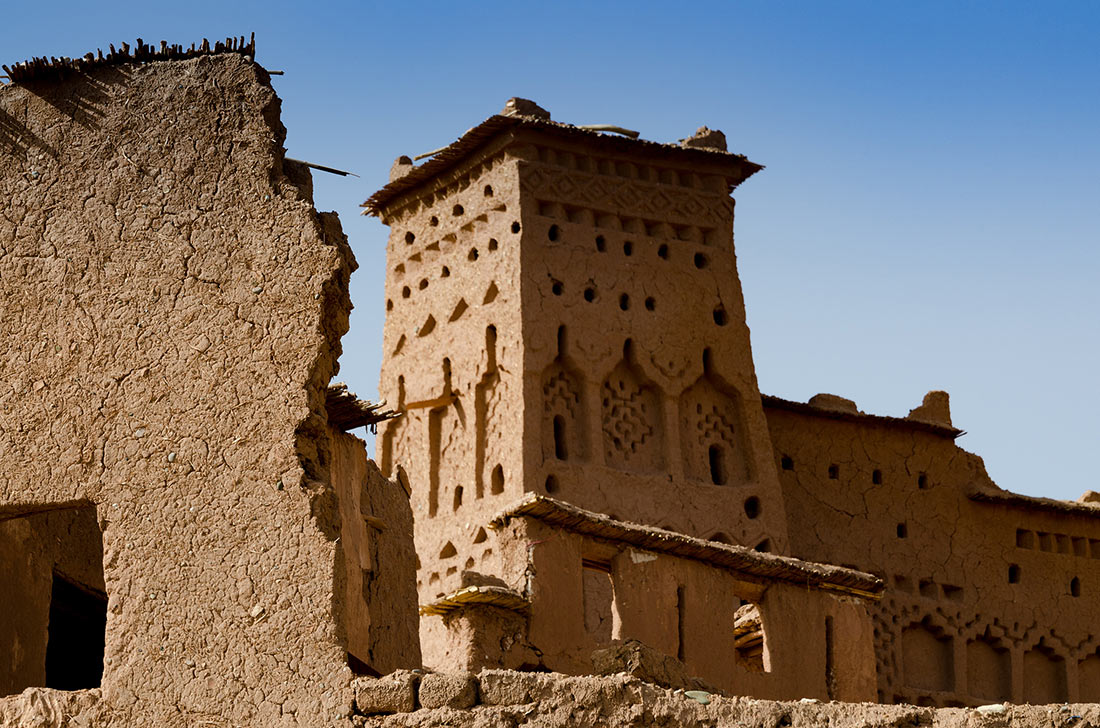
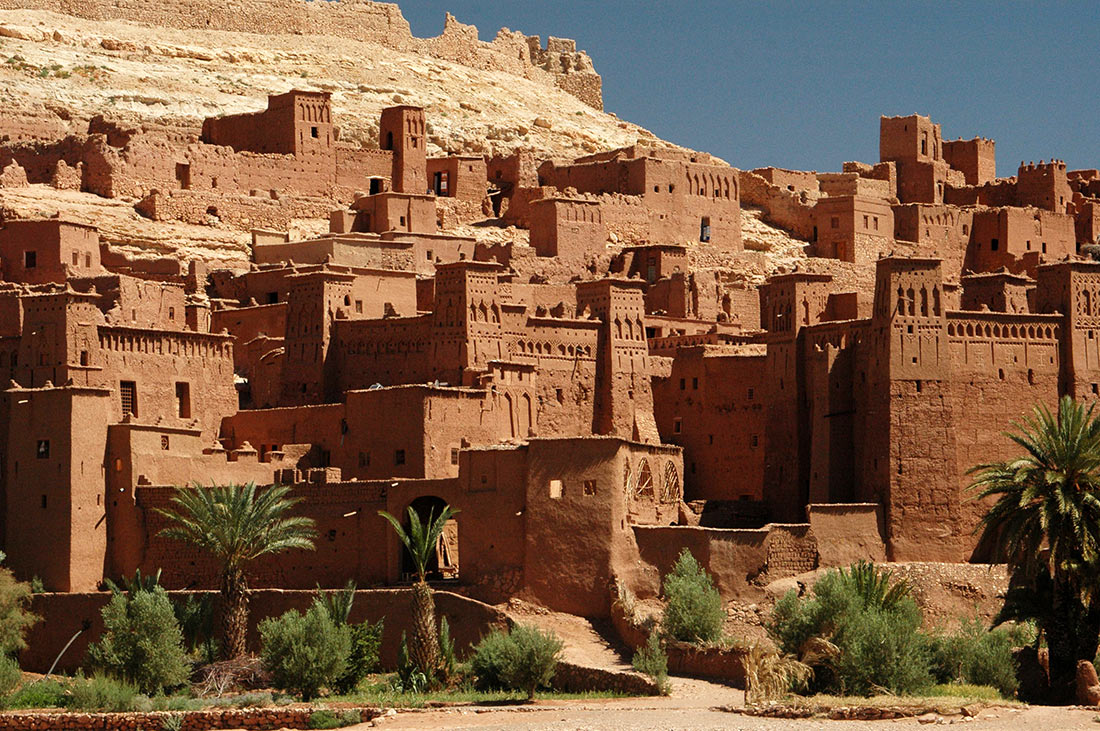
There are four entrances to the city. Two of them are free, through gates located on the left and right sides of the wall. The other two entrances are paid as they pass through the residents’ houses.
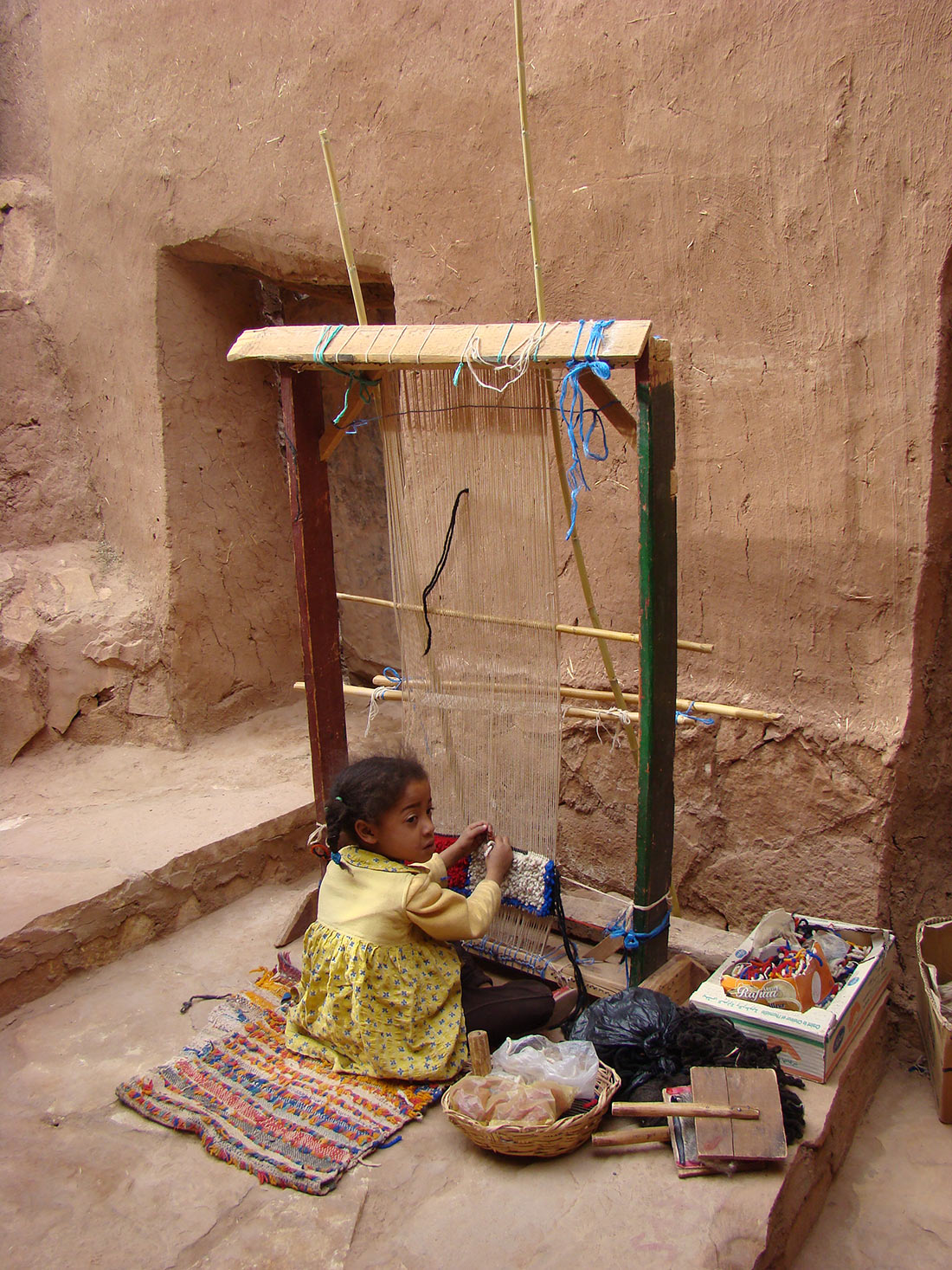


In 1987, Ait Ben Haddou, with its stunning South Moroccan architecture, was listed as a UNESCO World Heritage site.

